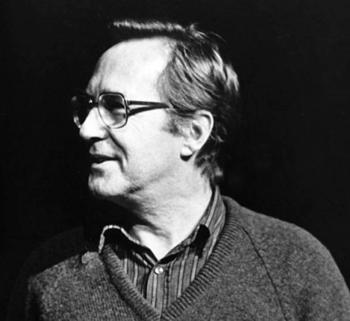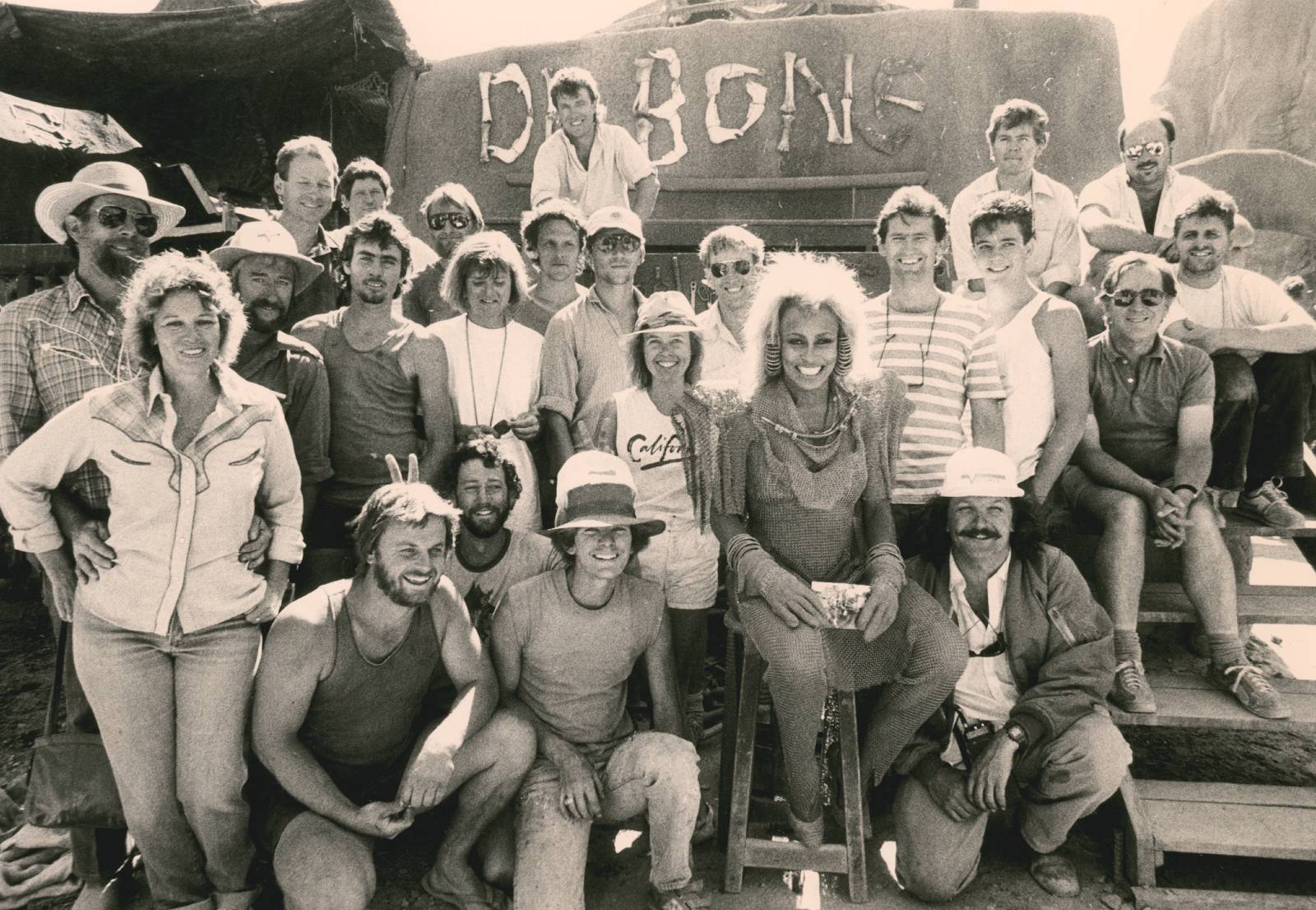George Ogilvie – widely recognised as one of Australia's most acclaimed theatre, film and television directors – passed away peacefully in the company of family in Braidwood, New South Wales on 5 April 2020.


George Ogilvie – widely recognised as one of Australia's most acclaimed theatre, film and television directors – passed away peacefully in the company of family in Braidwood, New South Wales on 5 April 2020.

Ogilvie's career, distinguished by any standards, spanned several decades and traversed many mediums – working as an actor, writer and director of theatre, ballet, opera, film and television.
Never intrusive in manner, he was respected as an influential teacher of performance and a prominent figure in the Australian television mini-series format.
Many of his works are held in the NFSA collection – which ensures they will continue to be appreciated by future generations.
Ogilvie was born in rural Goulburn in 1931. He began his career as an actor, studying at the Royal Academy of Dramatic Arts in London – and later transitioned to directing, where he combined his love for music, dance and theatre.
He directed works for several theatre companies, but also the Australian Opera and the Australian Ballet. He also held key appointments such as artistic director of the South Australian Theatre Company.
Ogilvie's contributions to Australian television are significant, with credits including The Dismissal (1983), Bodyline (1984), The Shiralee (1987), Touch the Sun: Princess Kate (1988), The Battlers (1994), The Feds (1994) and Blue Heelers (2002–06).
In 1985, he co-directed (with George Miller) the feature Mad Max Beyond Thunderdome – focusing in particular on dialogue and dramatisation. The film achieved international success and has become an influential work in the popular culture canon.
Ogilvie’s other film credits include Short Changed (1986), The Place at the Coast (1987), and The Crossing (1990), which debuted Russell Crowe in his first feature film role.
With an uncompromising vision and aesthetic, Ogilvie also fostered Australian acting talent – working as an educator and mentor in performance at NIDA and the Actors Centre in Sydney.
His approach to teaching was caring as well as professional – something reflected now in an outpouring of tributes on social media. 'He was the first director who showed me what feeling safe was like', said Noni Hazlehurst. According to Russell Crowe, his friend was a 'gifted teacher in art, theatre and life'.
Appointed Member of the Order of Australia (AM) in 1983, in 1988 he was honoured by the Australian Film Institute with the prestigious Byron Kennedy Award.
In 2006, his autobiography Simple Gifts – A Life in the Theatre was published by Australian performing arts association, Currency House.
Over the last few years Ogilvie returned to his provincial roots, residing in the historic town of Braidwood with his beloved sister Carol. Until his final days, he continued to give back to the community – offering advice, support and love.
George will be remembered with warmth by all who knew him – and his legacy will live on both in his life's work and in the NFSA collection. Vale George Ogilvie.

Tina Turner in costume as Aunty Entity (seated on stool) posing with co-directors George Miller (front row, far right) and George Ogilvie (seated on step, behind and to the right of Miller) and crew members on the set of Mad Max Beyond Thunderdome, 1984. NFSA: 1513154
The National Film and Sound Archive of Australia acknowledges Australia’s Aboriginal and Torres Strait Islander peoples as the Traditional Custodians of the land on which we work and live and gives respect to their Elders both past and present.